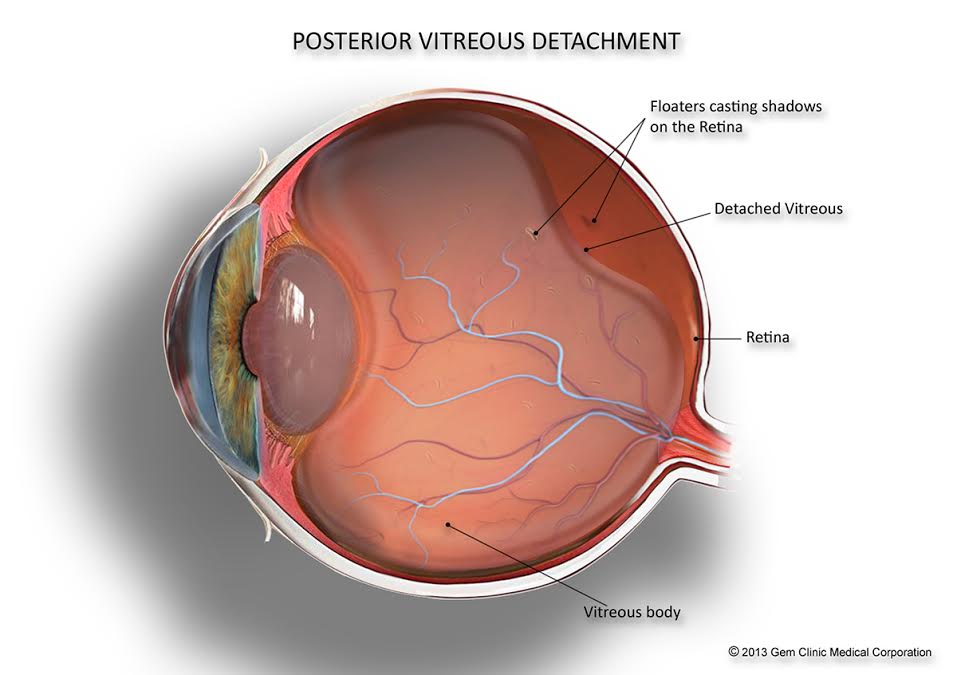Sophisticated Refractive Surgeries in AL: Change Your Vision Today
Sophisticated Refractive Surgeries in AL: Change Your Vision Today
Blog Article
Understanding the Various Vision Modification Procedures Available for Clearer Sight
In the realm of vision modification treatments, a wide range of alternatives exist to deal with refractive mistakes and give individuals with more clear view. From the commonly identified LASIK surgery to less intrusive procedures like PRK and implantable lenses, the area of ophthalmology supplies a variety of methods customized to suit different demands and preferences. Each procedure includes its very own collection of considerations, advantages, and prospective threats. Comprehending the subtleties of these vision correction techniques is crucial for making informed decisions concerning one's visual health. Let's discover the complexities of these procedures and clarified the course to achieving improved vision clearness.
LASIK Surgical Procedure
LASIK surgery is an usual refractive treatment made use of to remedy vision problems such as farsightedness, astigmatism, and nearsightedness. This medical strategy, which stands for Laser-Assisted in Situ Keratomileusis, aims to improve the cornea to improve exactly how light is focused on the retina, inevitably enhancing vision quality.
One of the key benefits of LASIK surgical treatment is the quick enhancement in vision experienced by patients. Lots of people notice a substantial improvement in their sight right away after the treatment. Furthermore, the majority of people report very little discomfort and discomfort throughout the surgery and recuperation period. The healing time for LASIK is reasonably fast, with numerous people returning to their day-to-day tasks within a day or more post-operation. In general, LASIK surgical procedure is a popular option for individuals seeking a lasting remedy for their vision troubles.
PRK Treatment
While also an usual refractive procedure, the PRK (Photorefractive Keratectomy) method varies from LASIK surgical treatment in its strategy to fixing vision problems. In PRK, rather than creating a flap on the cornea, the outer layer of the cornea, called the epithelium, is entirely eliminated. This allows the laser to reshape the cornea to deal with refractive mistakes such as farsightedness, astigmatism, and nearsightedness straight on the surface.

Regardless of the longer recovery time, PRK can produce superb cause vision renovation, making it a beneficial alternative for those who may not be appropriate prospects for LASIK surgical procedure.
Implantable Lenses
Unlike PRK where the cornea is reshaped directly, implantable lenses offer an additional approach for dealing with vision by putting fabricated lenses inside the eye. This treatment is especially beneficial for people with high levels of nearsightedness, farsightedness, or astigmatism that might not appropriate candidates for laser surgeries like LASIK or PRK.
Implantable lenses, additionally referred to as phakic intraocular lenses, job by supplementing the eye's natural lens with a man-made one. refractive surgeries in al. These lenses can be positioned before the natural lens (anterior chamber) or behind the iris and in front of the all-natural lens (posterior chamber) By changing the power and positioning of these lenses, ophthalmologists can efficiently correct refractive mistakes and enhance visual acuity
One benefit of implantable lenses is that they are removable and exchangeable, providing flexibility for future changes. Nevertheless, as with any kind of operation, there are threats included, such as infection or cataract development. Individuals thinking about implantable lenses should talk to an eye care specialist to identify one of the most appropriate choice based upon their specific needs and eye wellness.
Corneal Rings
Corneal rings, likewise called intracorneal ring sectors, are small, clear devices inserted right into the cornea to fix vision distortions such as keratoconus. Keratoconus is a problem where the cornea thins and protrudes outside, creating vision to become distorted. The insertion of corneal rings assists to flatten the cornea, enhancing visual acuity and lowering the irregular astigmatism brought on by keratoconus.
The procedure for inserting corneal rings more information is fairly quick and minimally invasive, usually done as an outpatient treatment. During the surgery, the eye doctor makes a tiny laceration in the cornea and inserts the rings at a specific deepness. When in location, the rings assist to reshape the cornea, providing a smoother surface for light to go into the eye, which can result in more clear vision.
Corneal rings are considered a relatively easy to fix treatment, as they can be eliminated or replaced if needed. eyecare near me. While they might not entirely get rid of the need for glasses or call lenses, corneal rings can dramatically enhance vision quality and overall aesthetic comfort for individuals with keratoconus or various other corneal irregularities
Refractive Lens Exchange
Following the improvement of corneal irregularities with treatments like corneal rings, another vision improvement technique that can resolve refractive errors is Refractive Lens Exchange (RLE) RLE is a surgery that includes changing the eye's natural lens with a fabricated intraocular lens (IOL) to fix refractive mistakes such as farsightedness, nearsightedness, and presbyopia. This treatment is especially beneficial for individuals that might not appropriate prospects for treatments like LASIK or PRK because of elements such as slim corneas or high refractive errors.

Final Thought
In conclusion, there are various vision adjustment procedures offered to aid individuals accomplish more clear view. LASIK surgery, PRK procedure, implantable lenses, corneal rings, and refractive lens exchange are all options that can deal with various vision concerns.
In the realm of vision modification treatments, a plethora of alternatives exist to resolve refractive mistakes image source and offer individuals with clearer view.LASIK surgery is a common refractive procedure utilized to fix vision issues such as farsightedness, nearsightedness, and astigmatism.While likewise a common refractive treatment, the PRK (Photorefractive Keratectomy) strategy differs from LASIK surgical treatment in its method to fixing vision problems.Following the correction of corneal abnormalities with treatments like corneal rings, another vision correction technique that can resolve refractive mistakes is Refractive Lens Exchange (RLE) LASIK surgical treatment, PRK procedure, implantable lenses, corneal rings, and refractive lens exchange are all alternatives that can attend to different vision concerns.
Report this page